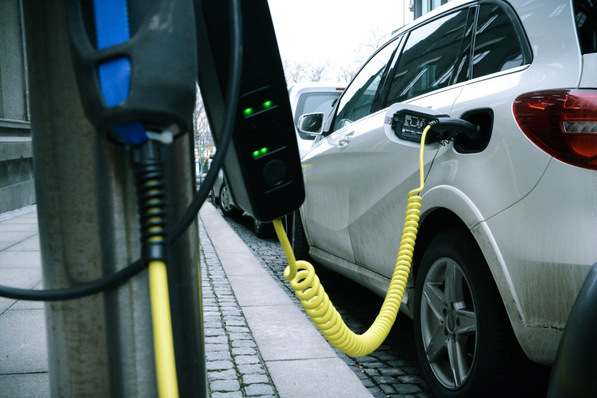With its master plan for charging infrastructure and the ambitious goal of establishing one million public charging stations by 2030, the German government is paving the way for the future of electric vehicles. More and more private companies and housing industry players are joining cities and municipalities in investing in charging infrastructure. Based on its analysis of how electric mobility will affect the job market, the German Federal Association for eMobility (BEM) emphasizes that the transition will create countless new jobs, with 255,000 specialists needed for the development of charging infrastructure alone over the next ten years. From June 17 to 19, 2020, visitors to Power2Drive Europe in Munich, the international exhibition for charging infrastructure and e-mobility, will be able to explore best practice examples and learn about the efforts to expand charging infrastructure as well as the associated challenges.
The German government’s master plan for charging infrastructure aims to build one million public charging stations by 2030. According to the European Alternative Fuels Observatory (EAFO), Germany had approximately 32,000 charging stations in November 2019. To reach its goal, the government will introduce projects for the construction of public charging stations, which are to be put into action by 2025. These projects are not meant to be reliant on subsidies alone, but also on collaboration with industry and businesses. There will be other tax breaks for workplace recharging and for provision of the infrastructure needed for employees to charge at home.
Planning tools identify existing and potential charging stations
Owners of electric vehicles typically rely on a variety of digital tools to find the nearest charging station and charge their vehicle. The selection ranges from websites and apps offered by individual charging service providers to solutions that aim to display all of the charging stations in Europe. To create a map of public charging stations and steer their development, the German government has created the StandortTOOL. This tool identifies and displays existing public charging stations as well as expansion needs based on ramp-up scenarios in electric mobility and alternative infrastructure for hydrogen and natural gas drives. In doing so, it provides investors and municipalities with a basis for planning suitable charging locations. While the tool focuses on passenger car traffic, it can also cover the commercial vehicle sector and reveal synergies between the various applications.
Around 220,000 electric vehicles were registered in Germany in August 2019. Depending on which data is used, the relation between charging points and vehicles was roughly within the EU Commission's target of 0.1 public charging points per electric vehicle or even higher. The benchmark was set up in 2014 in the EU Directive 2014/94 / EU on the development of the infrastructure for alternative fuels (Alternative Fuel Infrastructure Directive / AFID).
Public and private charging infrastructure complement and are contingent upon one another: When drivers charge their vehicles at home or at work, less public charging infrastructure is needed, but both types of infrastructure, in their various forms and classes, are an essential part of the overall system. According to various scientific, economic and political studies and assumptions, supporting seven to ten million electric vehicles will require roughly the same number of charging stations at home and at work. Depending on how infrastructure develops, forecasted ratios of private to public charging infrastructure range from 60 to 40 percent to even 85 to 15 percent.
Key role for the real estate industry
A wide range of stakeholders have an important role to play in establishing charging infrastructure. In the real estate industry, for example, providing charging solutions within the company or for rental spaces is becoming a challenging new ongoing task shared by the facility and fleet management departments. Electric vehicles are typically charged while they are parked for extended periods of time. This means that when companies begin using fully electric or hybrid vehicles in their vehicle fleets, employees have two options for charging their vehicle: at home and at work. That’s why the housing industry and all of its sectors are an important player in expanding charging infrastructure. So-called facility services providers are already putting together complete packages for the development of charging infrastructure. For example, SPIE Deutschland & Zentraleuropa and RheinEnergie founded the joint venture TankE GmbH, which provides a complete range of offerings along the entire e-mobility value chain plus 24/7 service, all from a single source.
Did you miss that? Apply for The smarter E Award 2020
One of the main challenges for the housing industry when it comes to installing charging stations is that parking spaces are often not clearly assigned and disagreements about property lines may arise. The German Act on the Ownership of Apartments and the Permanent Residential Right is currently in hearings with German associations. In the future, the installation of charging stations in multi- family dwellings with multiple owners will no longer require unanimous agreement, thereby making it easier to install charging stations. The German Association of Energy Market Innovators (bne) has released an opinion arguing that this rule should also be applied to photovoltaic installations on rooftops and balconies, because e-mobility only really makes sense if it is powered by renewable energies.
Power2Drive Europe and the parallel events Intersolar Europe, ees Europe and EM-Power will take place from June 17 to 19, 2020, at Messe München as part of the innovation hub The smarter E Europe. (HCN)







